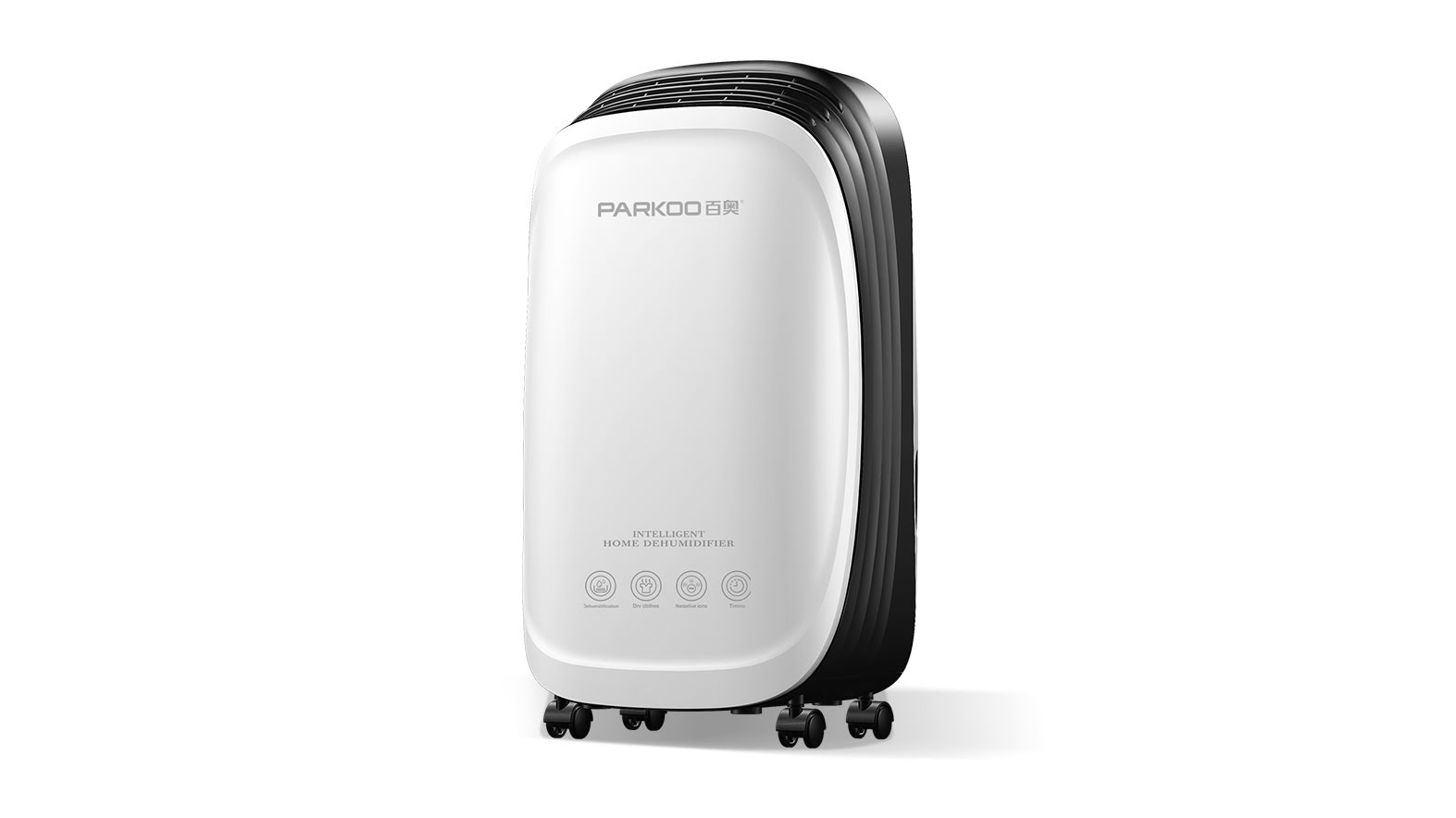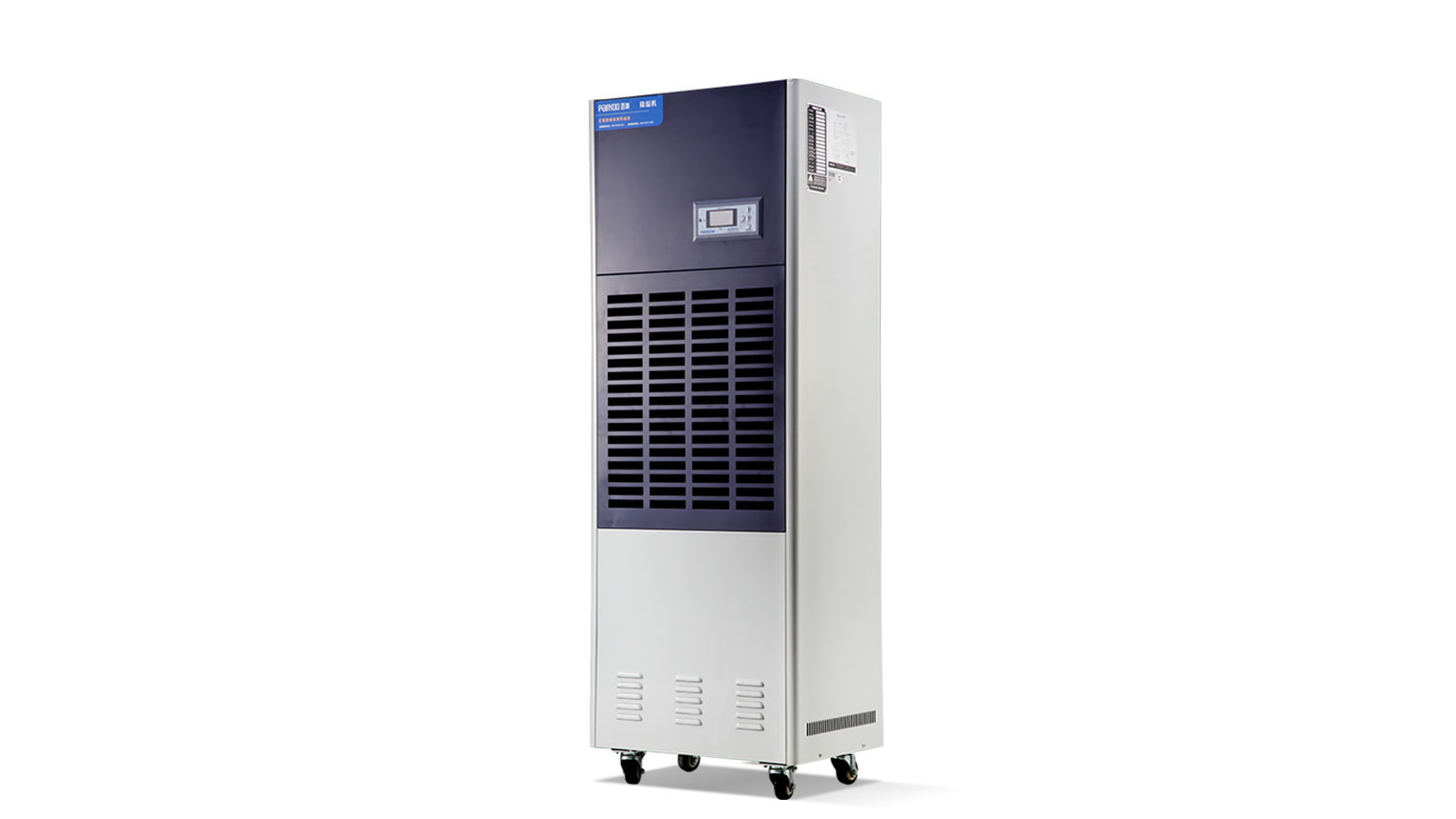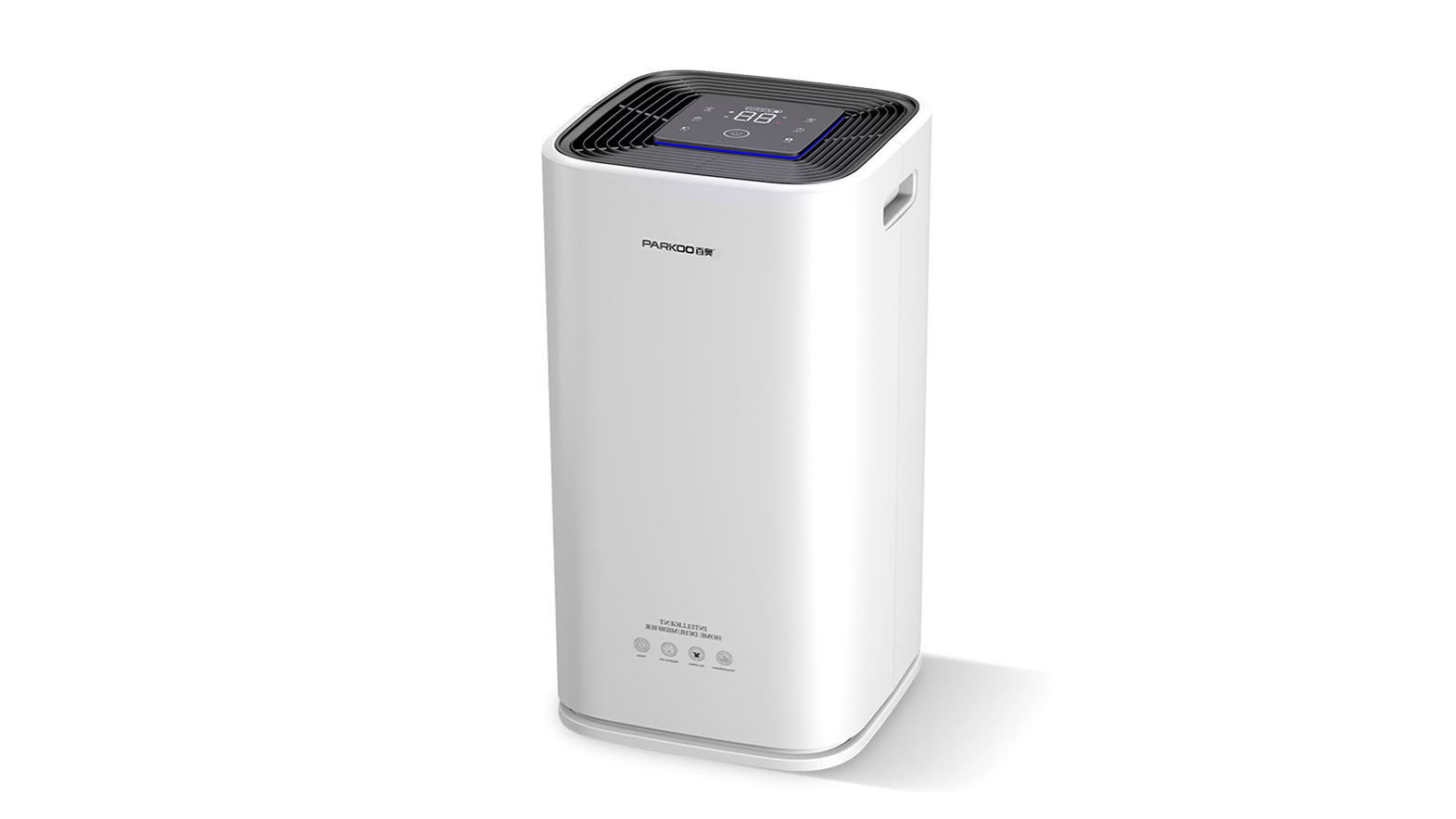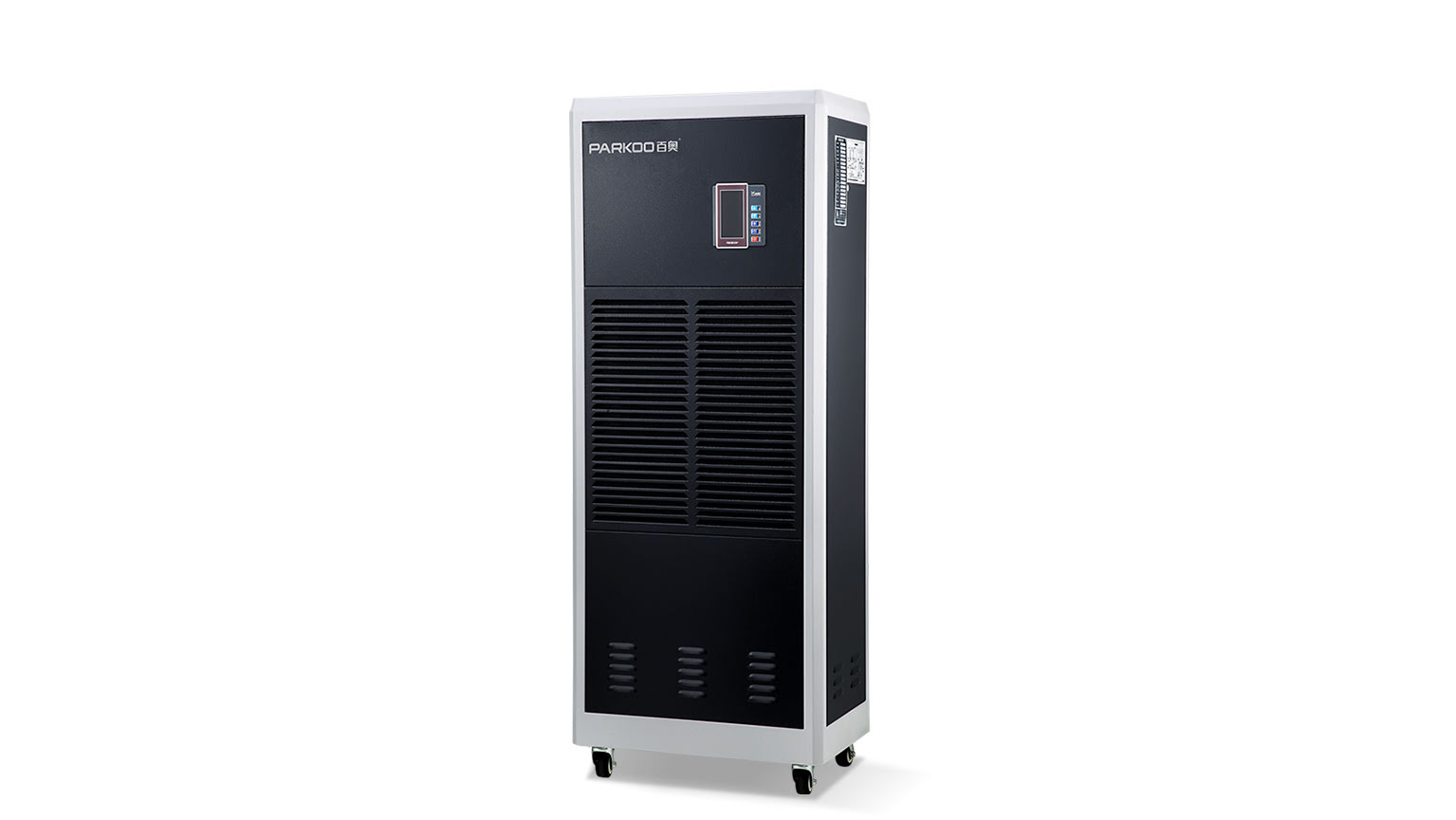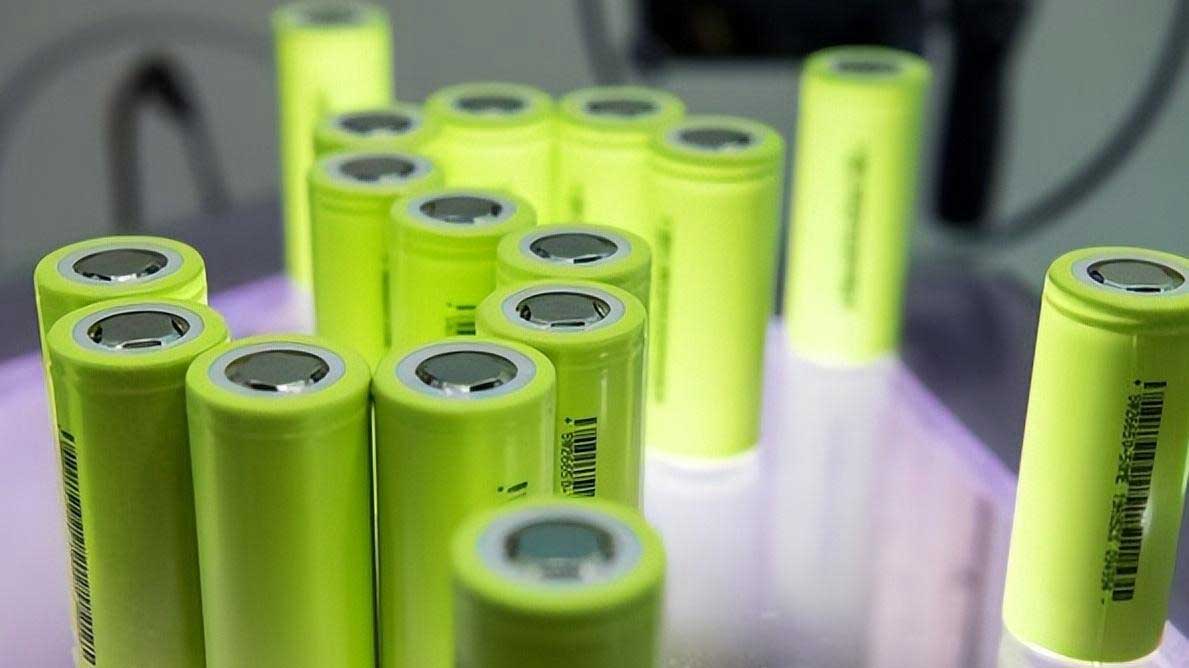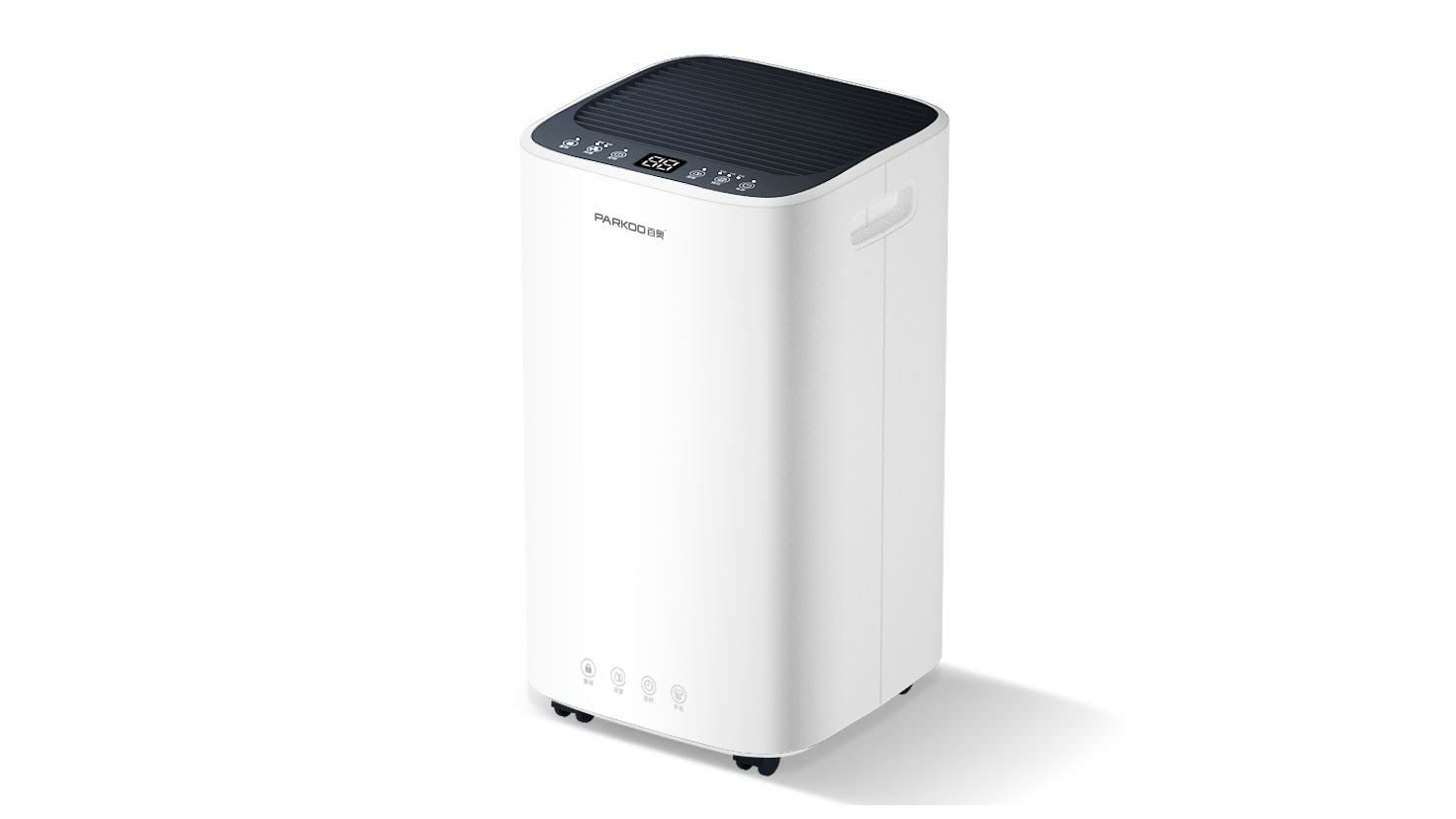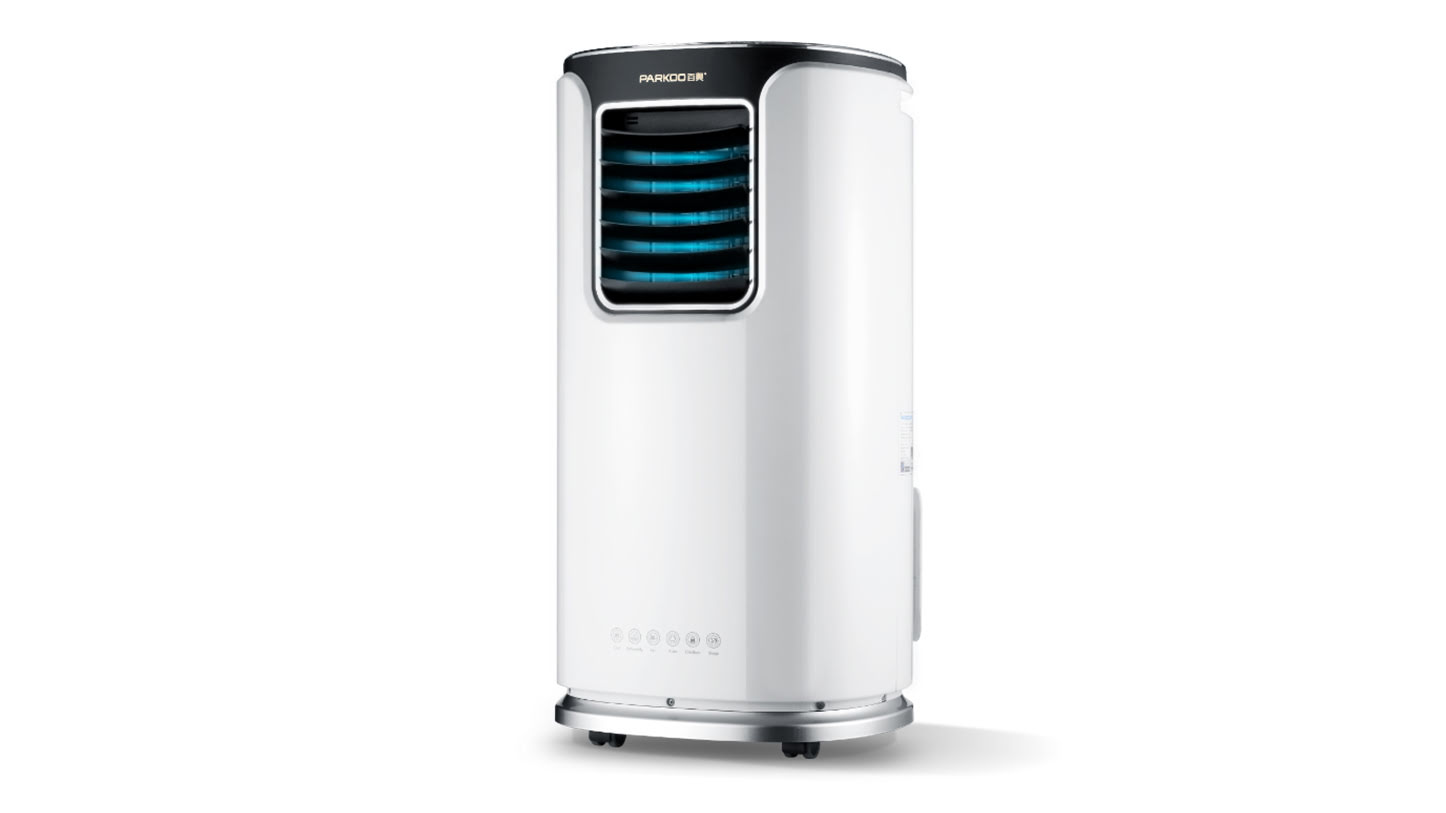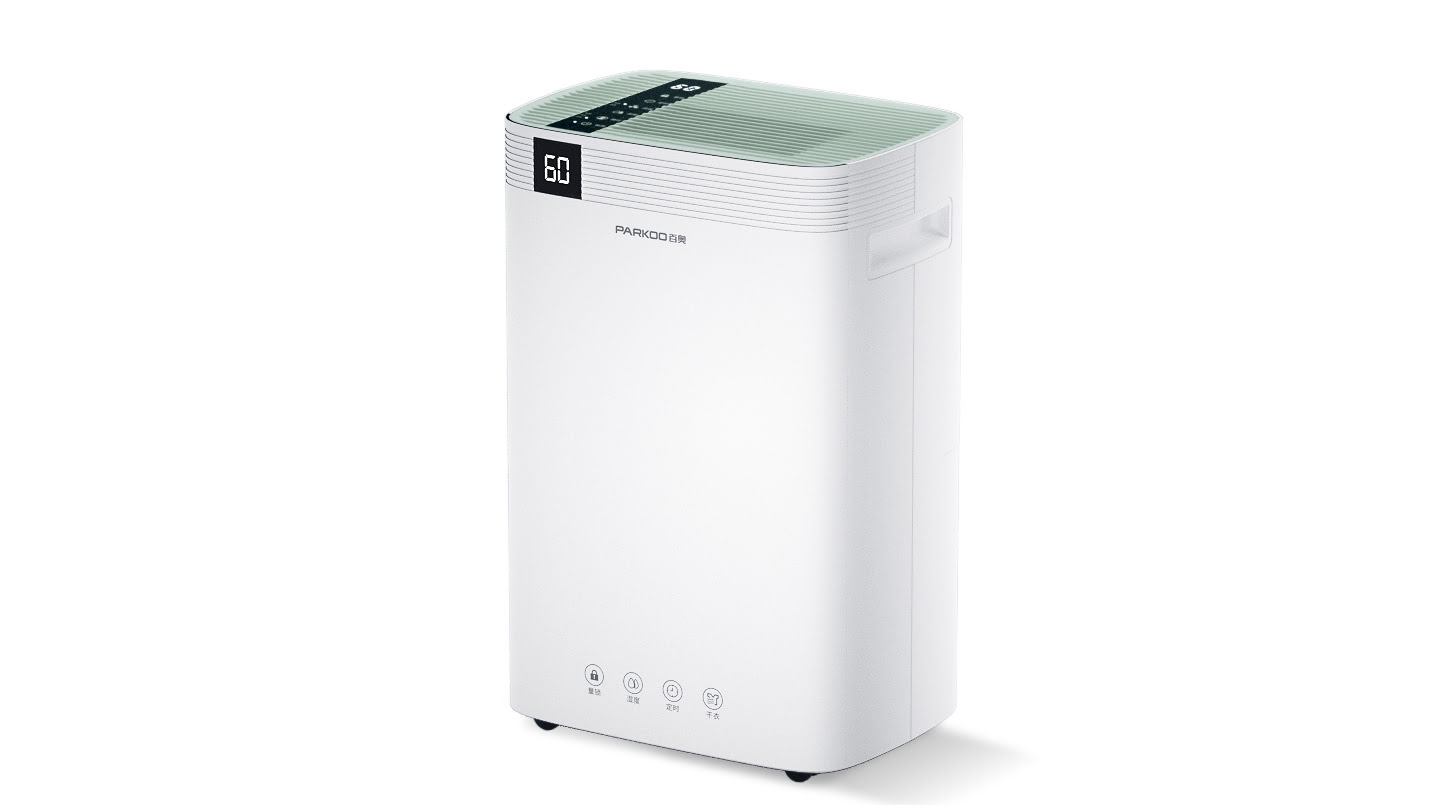our DehuMidifier terminology is here to help explain the key points and characteristics of Dehumidifier, and how they work
Humidity sensor contRoller - almost the same as Hygrometer, used to monitor temperature. The humidity sensor controller can measure relative humidity, and can automatically switch on and off the machine at a certain level predetermined by the user
Relative Humidity (RH) - Humidity is a measure of the amount of vapor Quality contained in the air. Relative humidity is the ratio between the amount of water vapor in the air and the maximum amount that can be Maintained at that temperature. The higher the temperature, the more air is absorbed
condensation point - At high temperatures, Moist air cools down to its critical point - the temperature at which water begins to condense from the air and forms water dropLets on low-temperature surfaces (such as mirrors and windows) power outage memory - after a power outage or power outage, the device will automatically start backup and continue to Operate with the same settings as before the power outage, without having to enter standby mode and must be manually reset continuous drainage - not only collects the extracted water in a storage tank, but can also be discharged through a Small hose that can be fed into a sink, drain outlet, or independent storage tank Water tank - A built-in water tank used to collect condensed water (moisture) discharged from the air Compressor - The working principle is the same as that of a household refrigerator. when the compressor is in a gaseous state, the compressor increases the pressure of the refrigerant. Then introduce the gas into the heat exchanger (condenser), cool it, and change its state to liquid. The liquid is then forced to enter the low-pressure area through a small valve, where it evaporates back into the gas. It is the evaporation process of Cooling gas The fan draws the surrounding air into the evaporator Unit, causing the temperature to decrease. The water in the air reaches its dew point and condenses on the surface of the evaporator. Then these waters flow out and are collected in reservoirs or pipelines. Then Guide the cold dry air onto the condenser coil, where it Helps with the condensation process. this heats the air and then exits the Dehumidifier
Hot gas defrosting - a hot gas, Usually Freon, used to Prevent the compressor in the compressor drive from icing when it is used in a cold Environment did we miss anything? If you Would like us to explain any deHumidification terms in the comment box below, please let us know
